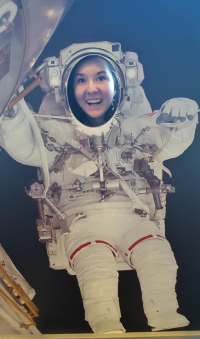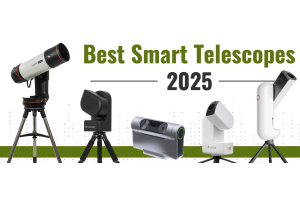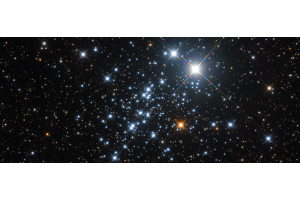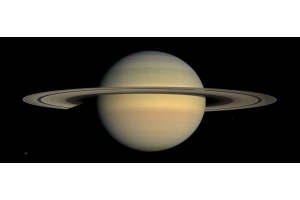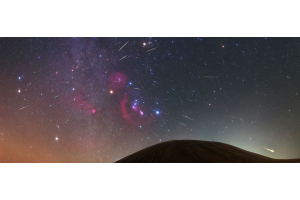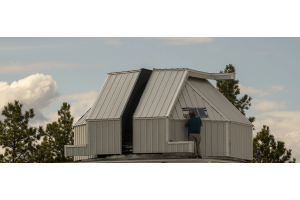
Troubleshooting Your Top Viewing Issues
Nothing is more frustrating than heading outside excitedly to look at the stars, only to realize that you can’t see anything through your telescope. Worse, there could be so many causes that it’s hard to know where to start troubleshooting. We’re going to look at the most common viewing issues and how to solve them, so you can enjoy the night sky without a hitch! Beginners and seasoned amateur astronomers alike can experience these problems, so don’t feel bad. The more you know, the better your viewing experience will be.
Many factors are at play when you’re using your telescope. You’re working with a piece of technology out in the elements, and all manner of hiccups can occur. If you can’t see anything when you look through your eyepiece, the very first thing to check is if the cover is still on your optical tube. Yes, it seems silly, but in your rush to focus in on that fast-moving star, you may have skipped this step. Everyone has done this at some point! If you’ve checked and the cover is off, you can move on to the following issues.
Aligning Your Finder Scope
If you’re moving your telescope around and not seeing anything but black, and you know the cover is off, you might have an alignment issue with your finder scope. The finder scope is there to help you locate objects in the night sky that you can then view in greater detail through the eyepiece. If your finder scope is misaligned, even a touch, you will have a lot of problems finding the celestial objects you’re looking for. If you need help aligning your finder scope, refer to our Telescope User Guide here.

Foggy, Distorted Image
Sometimes you’ll be able to see fairly well when you first start out, but then you’ll begin to see a foggy or distorted image. This is most likely due to condensation, which builds up due to temperature differences between the ambient air and your telescope. To combat dew and condensation, you can use dew shields, dew heaters, or a combination of both. It’s also a good idea not to keep your telescope in a very warm part of your house, because the larger temperature difference will produce more condensation.
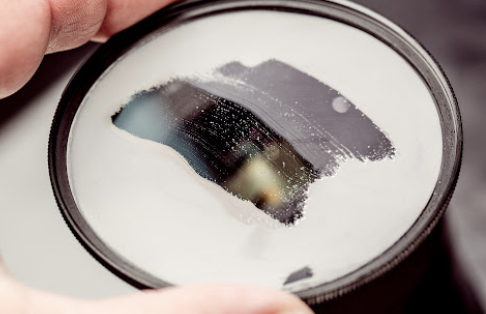
Blurred Image
Let’s say you’ve aligned your finder scope and identified the object you want to view, there’s no condensation build-up, but when you look through your eyepiece all you see is a big blur. No matter how much you adjust your eyepiece, you can’t seem to focus. When this happens, take a look at your magnification. Contrary to popular belief, higher magnification doesn’t produce better images every time (or any time, in some cases). What a higher magnification does is give you a smaller field of view while also dimming the image. So, you see worse and you see less. Higher magnification does come into play in some scenarios (such as when you’re viewing the planets), but in general, you want to stick with lower magnification.
Magnification limits will also depend not only on the telescope you have but also on the Earth’s atmosphere. Remember that when you’re looking at any celestial object, you first have to look through the atmosphere. Air currents produce turbulence, and with higher magnification you’re also magnifying that turbulence, leading to more distortion. A general rule of thumb is to not exceed 250x magnification.
Poor Seeing Conditions
It’s not you, it’s the atmosphere. Sometimes, after you’ve checked everything on your telescope and still can’t see well, it’s because of factors that are outside your control. Seeing conditions won’t always be on your side. You can easily evaluate the night’s seeing conditions by looking at the twinkling of stars. The twinkle effect is caused by turbulence in the air, so if stars are twinkling a lot, the seeing conditions are likely poor. If they’re not twinkling much at all, seeing conditions are good.
There is one thing you can do to potentially limit atmospheric distortion, however. Getting up high, such as on a mountain top, can produce better seeing conditions since you’re cutting down on the amount of atmosphere between you and the stars. That’s why large telescopes are built high up and can see things our smaller backyard telescopes can’t.

Operating a telescope can be frustrating at times. They seem like such simple contraptions, but they can be finicky if you don’t do exactly what they need to work. Follow these troubleshooting guidelines the next time you’re experiencing issues, and you’ll be well on your way to a night of clear observation.
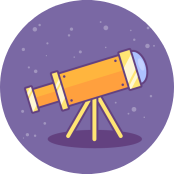
Learn More
Interested in learning more about telescopes and astronomy? Not sure where to begin? Check out our AstronomyHub to learn more!





